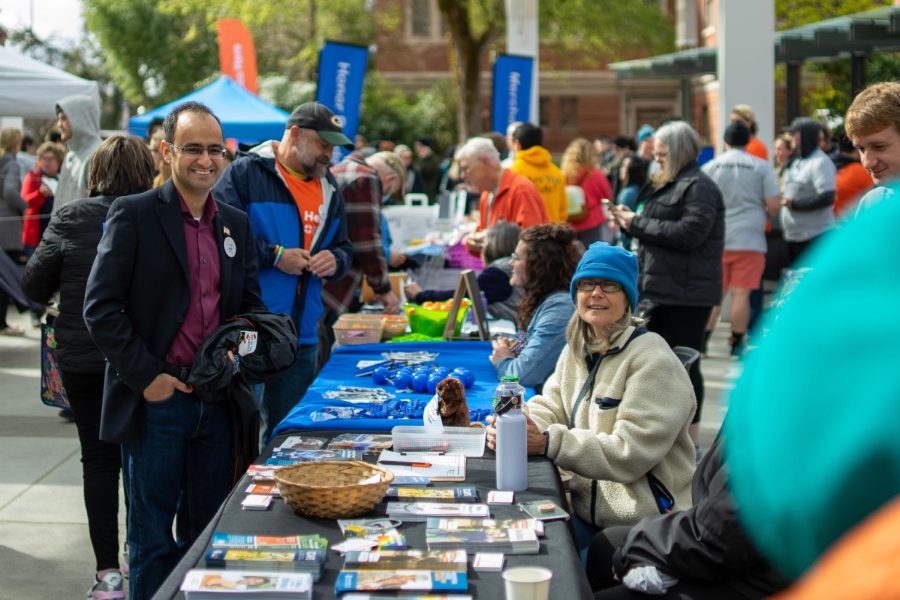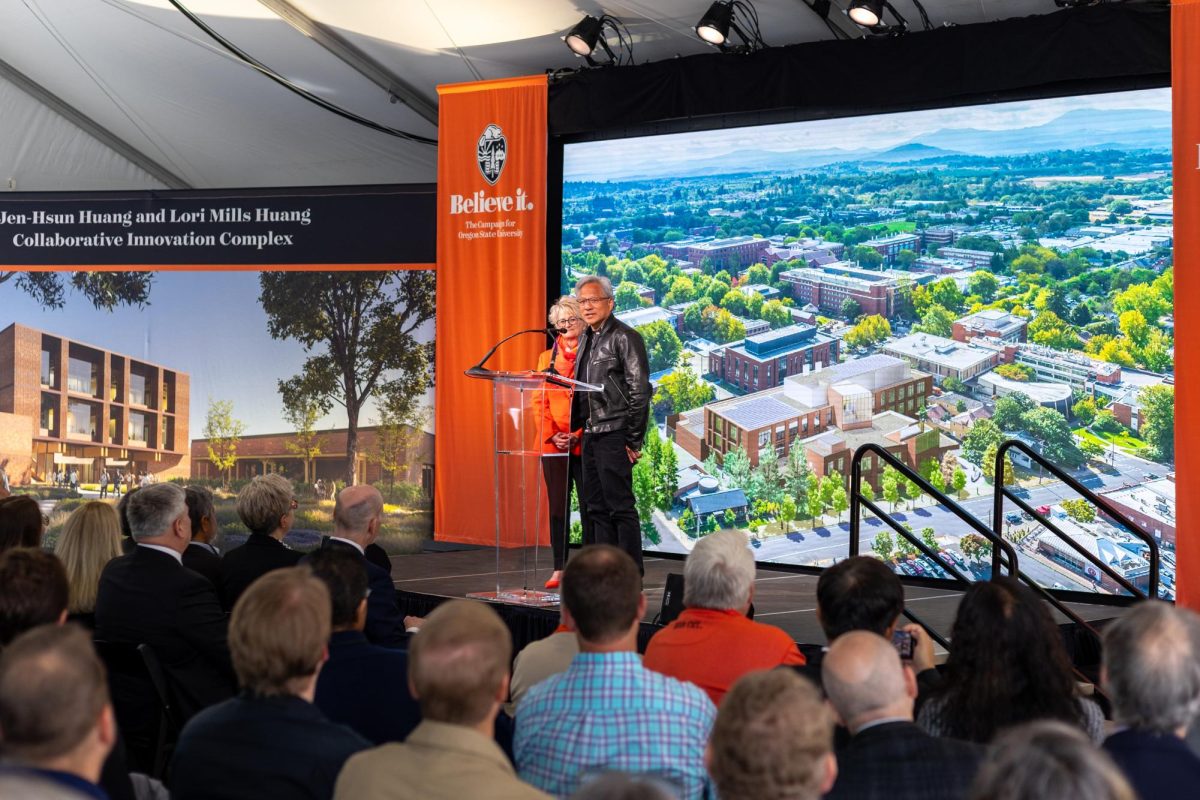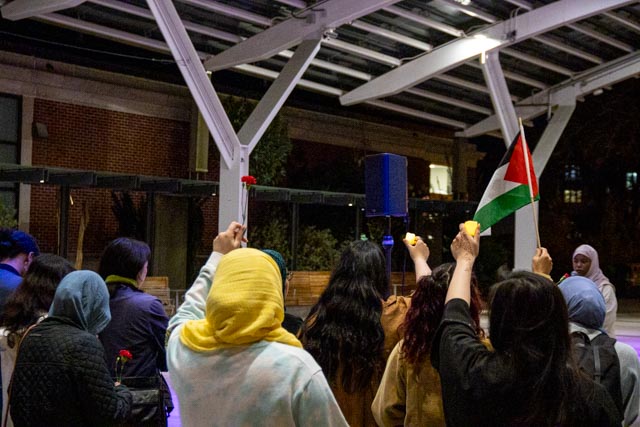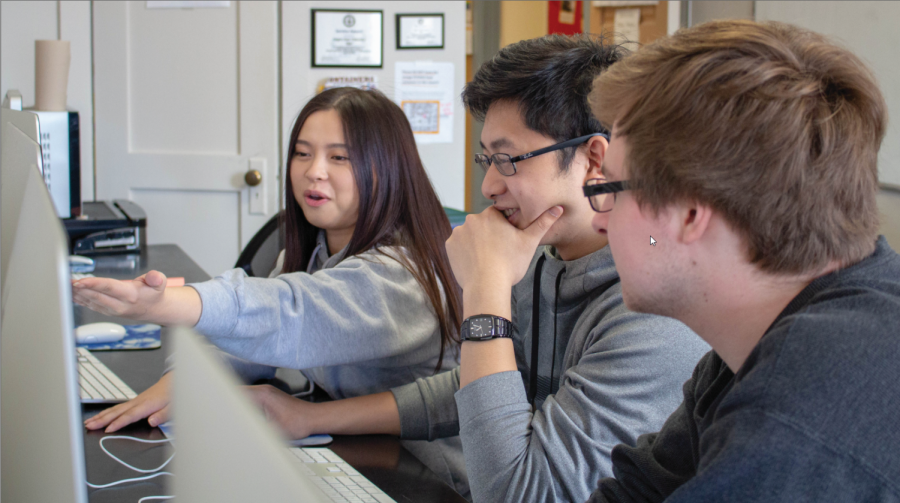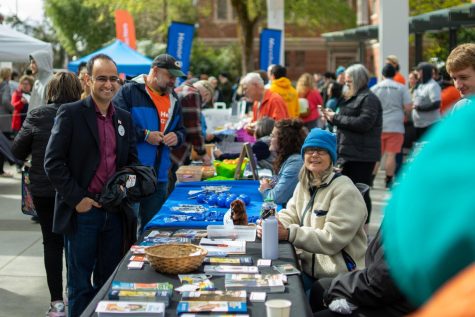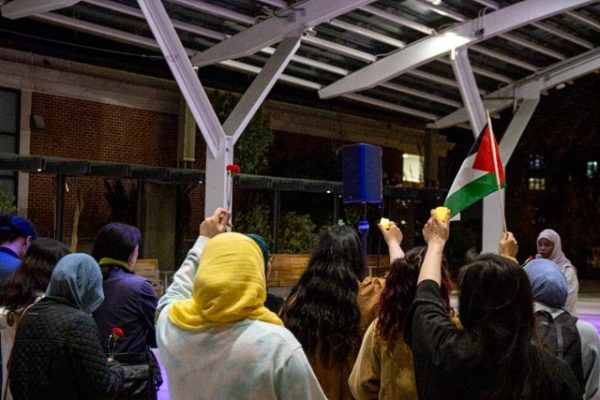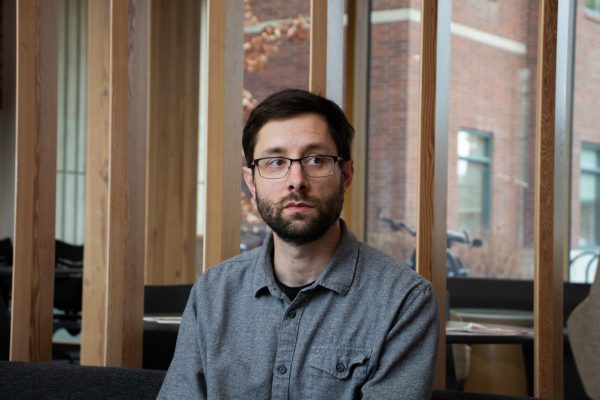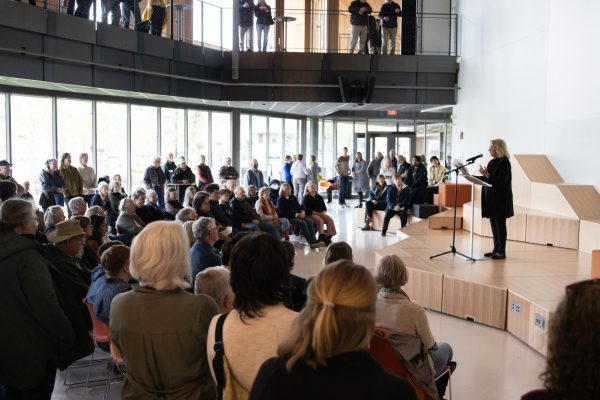Historically underrepresented students receive aid
April 23, 2018
Student support programs assist students academically, financially.
Phuong Uyen Nguyen, a fourth-year bio-health sciences, psychology and human development and family sciences student, was one year old when she came to America. Her parents gave up much of their lives to give her the opportunity to be the first in her family to attend college.
Nguyen said her success as a first-generation student is due to many variables, one of the most important being the assistance she received from the community. Two organizations at Oregon State University that assist students who are low-income, first generation students or students with disabilities are the TRiO Student Support Services Program and Educational Opportunities Program.
“Not only does TRiO provide individualized meetings with counselors, they also have free workshops, events and tutoring for their students,” Nguyen said in an email.
TRiO is important because it provides academic support to participants, so they can attain their educational career goals, said Amas Aduviri, director of TRiO SSS programs. TRiO SSS collaborates with other OSU units to increase retention and graduation rates of first-generation, low-income and students with disabilities.
The first TRiO SSS program started at OSU in 2001. The programs are federally funded. In 2017, TRiO received funding for the Upward Bound Program for South Albany high school students to prepare them for college entrance, Aduviri said. The program’s goal is to increase college enrollment of first-generation and low-income high school students.
“I’m glad to have these programs at OSU,” Aduviri said. “We wouldn’t have the programs without the support from the OSU administration and other key OSU departments such as the EOP, Pre-College, UHDS, etc.”
EOP is a program similar to TRiO in that it academically assists students of color, low-income and first-generation students who have been denied access to higher education in the past, said Janet Nishihara, director of EOP.
Not only does the program provide advising opportunities for their students, but they also have lower division courses they teach at OSU, said Nishihara.
“We teach smaller sections of MTH 111 and MTH 112, as well as MTH 102 and 103, WR 115 and 121 and the only reading development class on campus,” Nishihara said in an email. “Our sections are not only smaller, our instructors have great experience in supporting learners at many levels and have a deep understanding of how systems of oppression can play out, even in what seems like the neutral territory of the math classroom or maybe more so because we think of math as neutral when it is far from that.”
EOP is a department funded by OSU from the OSU Education and General Fund budget, Nishihara said. Additionally, funding comes from non-profit foundations and the U.S. Department of Education. Each year, EOP is able to fund around $35,000 in scholarships for OSU students in need.
“We provide academic counseling so that each student has a go-to person to help with life, budgeting, finding a job, resume writing, finding funding for study abroad or internships, getting along with roommates, preparing to talk with an instructor or advisor and so much more,” Nishihara said in an email.
Janey Chen, a second-year bio-health sciences student, is the first in her family to attend college. For assistance in navigating college, Chen sought out help through EOP.
“I think EOP is important for first-generation and low-income students because most of them have no idea what to do in college and it’s important for them to get access to resources that are available,” Chen said in an email. “The goal of those resources is to have students succeed in college, despite their backgrounds.”
By being a participant of EOP, Chen was informed of various resources on the OSU campus from book lending to financial assistance. These resources have significantly benefited Chen both financially and academically.
“I never knew about these services until my EOP academic advisor told me about them when I was a freshmen,” Chen said. “EOP has scholarships where EOP students can apply and I was able to get a scholarship which helped decrease my tuition.”
Before entering college, Chen was in a program similar to EOP called College Possible during her junior and senior year of high school. Being an only child, she couldn’t go to anyone for help and the non-profit organization assisted in the process of applying for college.
“My friend informed me about this program and I agreed to join,” Chen said in an email. “I wanted a similar program when I enter college because I think it’s important to know about the resources that are available on campus and have a program that’s there for me whenever I need help, especially when I’m moving into a new environment.”
EOP is important because it was the first of many programs that assisted students who traditionally attended college without the tools to succeed academically, Nishihara said.
Initially with 48 students, EOP has grown to serve over 400 students, Nishihara said. The staff in EOP are very involved in the creation of the Ethnic Studies Program, the Difference, Power & Discrimination baccalaureate core for students and the cultural centers on campus.
“We are an integral part of the fabric of the university, especially in the support of students of color. Our graduates have achieved positions benefiting their community, including judges, lawyers, doctors, college professors, business owners, counselors, social workers, teachers and the list goes on and on,” Nishihara said in an email.



